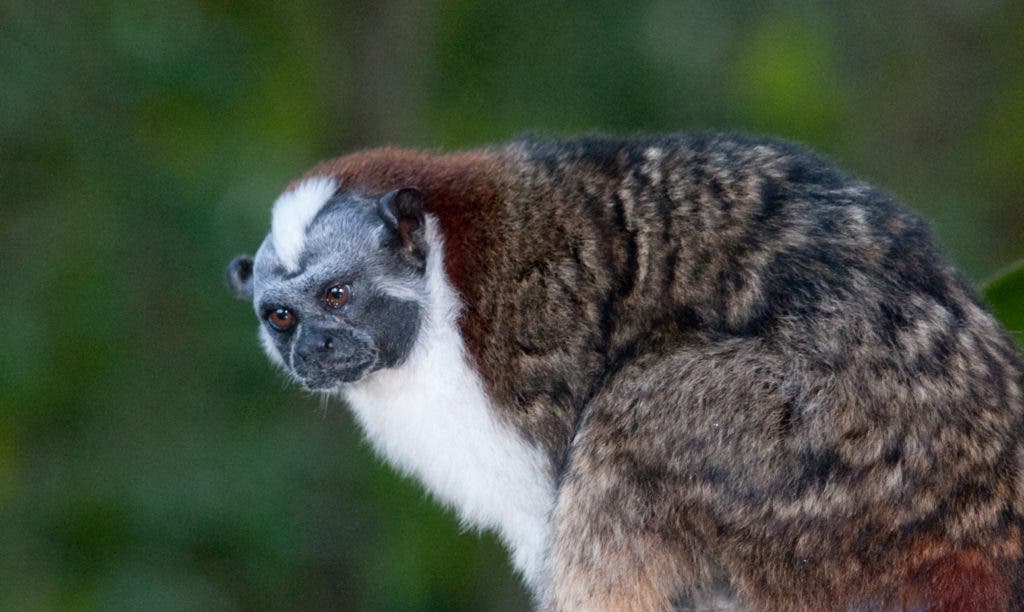Flies might be annoying insects but they have a new use. They can identify the animals that live in an area. Although they can’t speak, flies contain the DNA of the animals or feces that they feed upon. Therefore, simply by collecting flies and analyzing their DNA you can find out which animals are close by.
Finding animals
It is important to keep track of the mammals that live in a tropical forest. Then you can know how they are doing and if conservation measures are working. If you suddenly can’t detect an animal or there are much fewer of them, it is important to know as soon as possible. However, it can be hard to keep track of them all because some are small and elusive or only active at night. Currently, scientists detect mammals by walking a path and counting them or from photographs taken by hidden cameras.

A new way that is being tested right now is to focus not on the animals themselves but on the flies that feed on them. Scientists at the Smithsonian Tropical Research Institute in Panama are taking carrion flies to see which animals are in the forest. Carrion flies eat dead animals, wounds, and feces. When they feed they take in some of the animal’s DNA, where it stays intact for a while. The researchers take the bits of DNA found in the fly and match them to the animal that it belongs to, based on its unique DNA sequences.
In action
The scientists tested the technique on Barro Colorado Island in Panama, which is very well studied—108 mammals are known to live there. They used raw meat traps to collect more than a thousand flies. The DNA was then extracted and analyzed. DNA from 20 different mammals from a huge variety of different animal types, such as monkeys, rodents, bats, sloths, marsupials, and carnivores, was found in the flies. Four species were found that weren’t detected by camera trap or surveys.

However, it’s not perfect— three species found by the other methods were not found in the flies. This could be due to the type of animal feces. The flies like large soft feces more than hard, small pellets (like those that deer or rodents produce). However, when you think about how long it takes to sample, this method is the most efficient.
Journal reference: Rodgers, T. W., Xu, C. C. Y., Giacalone J. et al.. 2017. Carrion fly-derived DNA metabarcoding is an effective tool for mammal surveys: evidence from a known tropical mammal community. Molecular Ecology Resources, early online. Doi: 10.1111/1755-0998.12701


